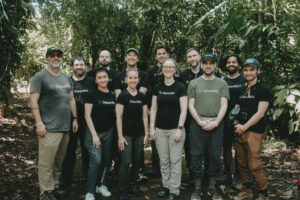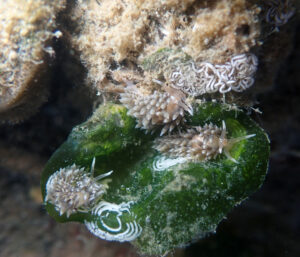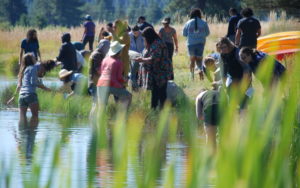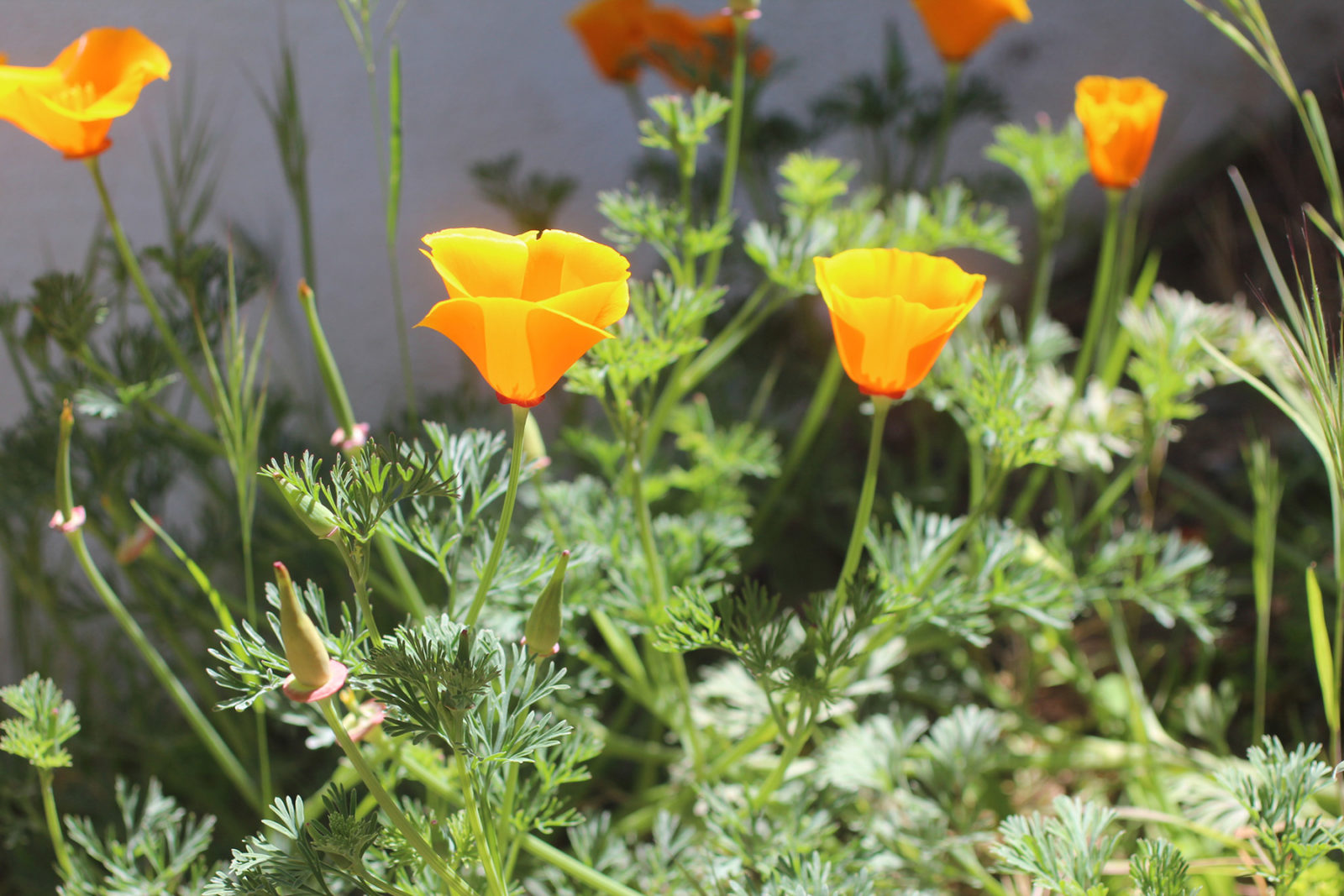
The sixth annual City Nature Challenge, a global nature-finding event that draws tens of thousands of people outside for a long weekend to document biodiversity, concluded May 9 with nearly 1.3 million observations of 45,322 species by 52,133 people.
Before we get any further, let’s pause for two trivia questions: what do you think was the most observed species worldwide? And what do you think was the most observed species in the San Francisco Bay Area? Answers at the end of the article.
(Hint: the most observed global species is a well-known, easily recognizable thing that can be found on every continent except Antarctica.)
All the numbers were records for the CNC, whose organizers at the California Academy of Sciences and Natural History Museum of Los Angeles County reconfigured it for the COVID-19 pandemic as more of a planetary nature celebration for amateur naturalists and less of a regional competition. Nonetheless, the elements of competition persist: a leaderboard shows that Cape Town had the most observations with 71,147; an unaffiliated “global project” for areas outside the participating metros found the most species (narrowly edging out Cape Town) with 7,813; and the Bay Area, as it often has over the years, got the most people involved (beating Washington DC and Los Angeles), with 2,272 volunteer observers.
The Bay Area’s top overall observer was Liz Gottlieb, a Marin-based high school teacher and avid runner who covered 70 miles of trails in four days to record 758 observations. Gottlieb says she started using iNaturalist as a way to better learn the fungi of the Bay Area. But one of the driest years ever recorded means a lousy spring for mushrooms. So instead she spent more time looking at riparian corridor plants and studying the different timing of flower blooms across Marin, from San Geronimo to Mount Tam to the Headlands to her office in central San Rafael.
Gottlieb described herself as extremely competitive and said she’s run nearly 40 marathons, but added that the mileage has started to catch up to her, increasing the appeal of slowing down (somewhat) to observe nature. It’s a nice balance, she said, as running and walking she can cover a lot of ground, while moving more slowly lets her see more of her surroundings.
“I’ve got to that turning point with iNaturalist and the City Nature Challenge where every April I’m really looking forward to it,” she said. “It’s such an excusable excuse to be outside. I tell my family, ‘Look, you’re not going to see me for the next 48 hours.’ I feel it’s legitimate because I’m contributing to biodiversity conservation, and this is going to help my work. Even though it’s fun I’m contributing to this database and trying to be a better naturalist.”
What did Gottlieb find most of? Perhaps befitting the attention of a trail runner, a whole lot of poison oak. But her favorite observation, as is so often the case, was the one she almost skipped. Late on Monday, with only a few hours of daylight remaining, she had run all her miles for the competition and debated taking an additional walk on the White Hill Fire Road Trail through Loma Alta Preserve. After deciding in favor of the walk, she showed up to find a rattlesnake sunning on the trail — her first and only snake of the competition.
(Still thinking about the most observed species overall? Another note: Gottlieb found exactly one of the most common global observation, and six of the most common Bay Area observation. The Bay Area species is native to California but now found worldwide.)
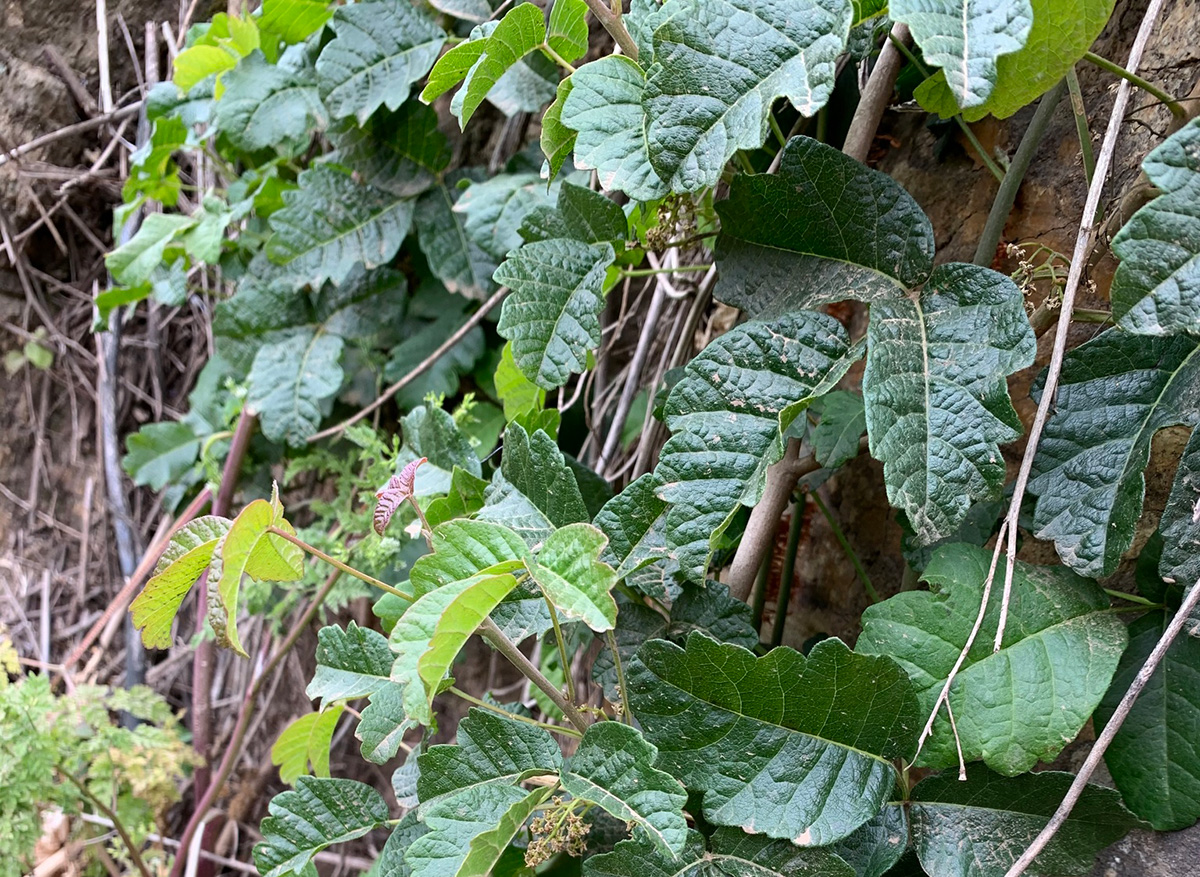
Barry Thomson, meanwhile, had one of his most interesting observations come directly to him. In the evening twilight on May 2, he thought he might catch sight of a deer grazing in his backyard in Belmont. So he poked his head out the window around 8 p.m. to see a fully grown mountain lion standing at the fence. It’s only the second he’s ever seen, he said. The observation was one of four mountain lions spotted in the Bay Area during the CNC — and the only one spotted by a live person. (The other three were all camera trap photos.)
Thomson totaled 461 observations in the CNC, but made each one count, recording a region-high 364 different species. A community college biology teacher who grew up on a farm in the Orkney Islands of Scotland, then spent four years in the Peruvian and Ecuadorian Amazon as an eco-guide, Thomson said he developed a habit as a guide of always trying to understand what he was looking at or hearing in nature. When he first moved to California he kept lists and spreadsheets on his own of the places he explored. Then, when iNaturalist came along, he found it a useful field guide to nature with the built-in ability to check finds with other people. Now he asks his students to use it to record observations for biology classes and field exams.
Thomson found a lot of variety by touring through extremely different habitat types, including an intertidal reef survey at Pillar Point on the San Mateo County Coast. But he said his go-to place is a small, undeveloped urban park near the San Carlos-Belmont border called Waterdog Lake Park. “There are trails, markers, mountain bikes use it, but it isn’t as set up and managed as like a state park or county park,” he said. “So I’ve always gone there, and I get 100 species or more there.”
Signs of drought were obvious, Thomson said. The lake had dropped so much he was able to walk out into the lakebed to make observations from the mud. “Normally you can’t get there,” he said. “That’s noticeable, walking on a lake.”
(Thomson, observing exclusively in San Mateo County, found one each of the most common global observation and most common Bay Area observation. The most common global species is native to the Northern Hemisphere, and now found worldwide, especially around cities.)

Cat Chang, an architect in San Francisco, contributed an additional 313 observations to the City Nature Challenge. But while it is one thing to go out and hunt for nature to see yourself, it is another entirely to scroll through everyone else’s observations to offer identifications — which is what Chang has spent most of the last two weeks doing. Her 3,619 identifications top the Bay Area identifier leaderboard. In five years on iNaturalist, Chang has now made more than 180,000 identifications.
Like Gottlieb, Chang originally joined iNaturalist to better learn fungi. So many people helped her with identifications, she said, that she felt she owed it to the world to pay it forward. Chang keeps backyard chickens, and said that she spends two hours a day sitting with them and looking at iNaturalist. “They sit on my lap and I can’t do anything,” she said. “I do a lot of identification then. They’re lovely beasts when they’re not eating all my plants.”
She also tends to wake up early, she said, and rather than doomscroll Facebook, counts it as time better spent if she’s helping other people appreciate biodiversity.
Chang ordinarily likes working out identifications for complex, hard-to-identify rare species. But in the City Nature Challenge, when thousands of new users are uploading their first-ever observations, she switches to try to encourage nature newcomers. Even with observations of common species, the idea that you can take a picture of something growing in your yard or in a nearby park, and upload it, and in a few hours or a day some live person — possibly an urban designer from San Francisco — can tell you what it is — is a kind of magic.
From first observations to highly specific ones, iNaturalist reveals the web of life, the connections between places, the species found commonly around the world and the ones found only in specific regions. Chang said she sees the City Nature Challenge as helping newcomers join that online community celebrating life on Earth.
“That’s my favorite moment, when things come together and you begin to realize there’s this web that connects things,” Chang said. “There’s so much to learn. I won’t learn it all in my lifetime, none of us will, but we can at least appreciate it.”
(Chang identified a ton of both most-observed species. She also observed two of the globally most common and one of the locally most common species. The most common Bay Area species is one of several similar-looking species in its genus, but by far the most common.)
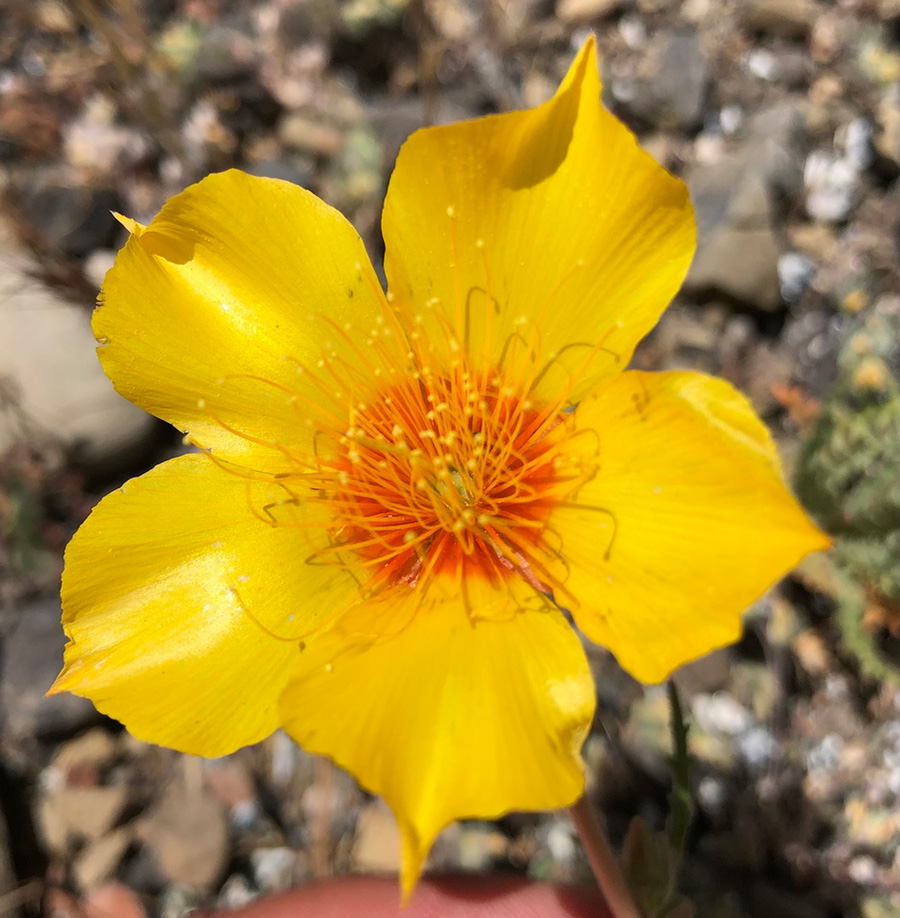
It’s not just a neat learning platform: there’s some genuine scientific value to having people constantly taking pictures of nature around them. For example, says Oregon State marine biologist Heather Fulton-Bennett, you can follow the movement of species around the globe as they respond to changing ocean conditions. Fulton-Bennett has watched via iNaturalist as a seaweed called Sargassum horneri moves north up the West Coast of North America. She’s followed sea star die-offs, and sea star recoveries. She’s seen new marine species found and identified based on community observations.
“This last year, I haven’t been able to travel or explore,” Fulton-Bennett said. “This has been a great way to keep exploring places I can’t go and keep tabs on everything.”
Fulton-Bennett didn’t add any observations in the City Nature Challenge — but she contributed 1,359 identifications for the Bay Area alone, third-most on the identifier leaderboard. Fulton-Bennett said started out on iNaturalist as one of the few people able to identify a wide variety of marine seaweeds. She found that even though she’d add her observations to the platform, other experts weren’t available to confirm the IDs, so, she said, “I realized I could help other people that way.”
(Fulton-Bennett, an expert in coastal marine species, identified 9 observations to the genus level of the Bay Area’s most common species; Cat Chang advanced five of them to the species level. Fulton-Bennett identified three of the most common global species and four of its common domestic variation.)
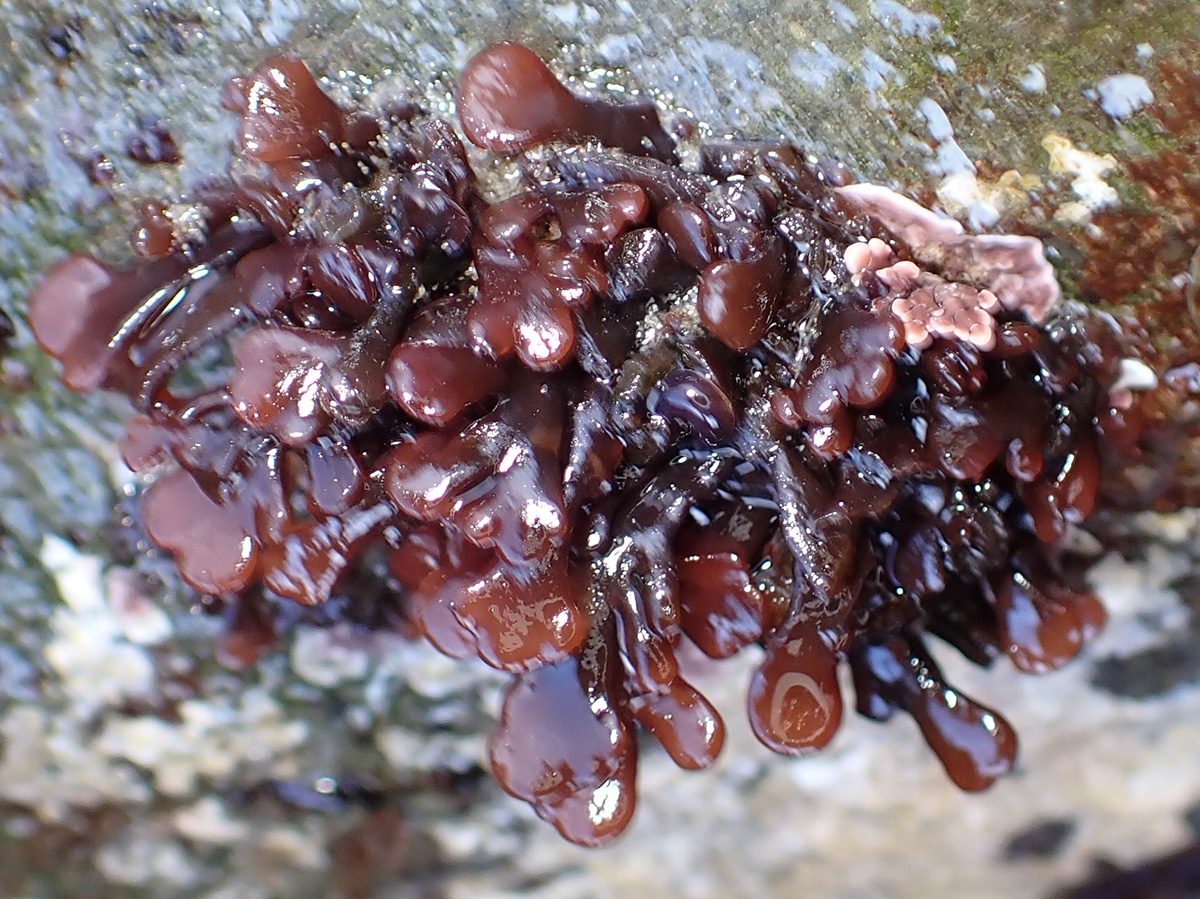
It takes lots of people to power a global citizen science event. Observations from the City Nature Challenge saturate many parts of the globe, and are widespread on every continent except Antarctica.
But it also takes a lot of biodiversity to be seen. The totals — 1.3 million observations, 45,000 species — are still astounding for a long weekend of finding.
Which brings us back to those most common species.
In the Bay Area, observers recorded … 267 California poppies. That’s just slightly more than the next-most-common observation, of Western blue-eyed grass. (Rounding out the top five: western fence lizards, poison oak, and orange bush monkeyflower.)
And meanwhile, worldwide, no one likes cities — and apparently the City Nature Challenge — like a mallard duck. Observers found more than 4,300 of them.


